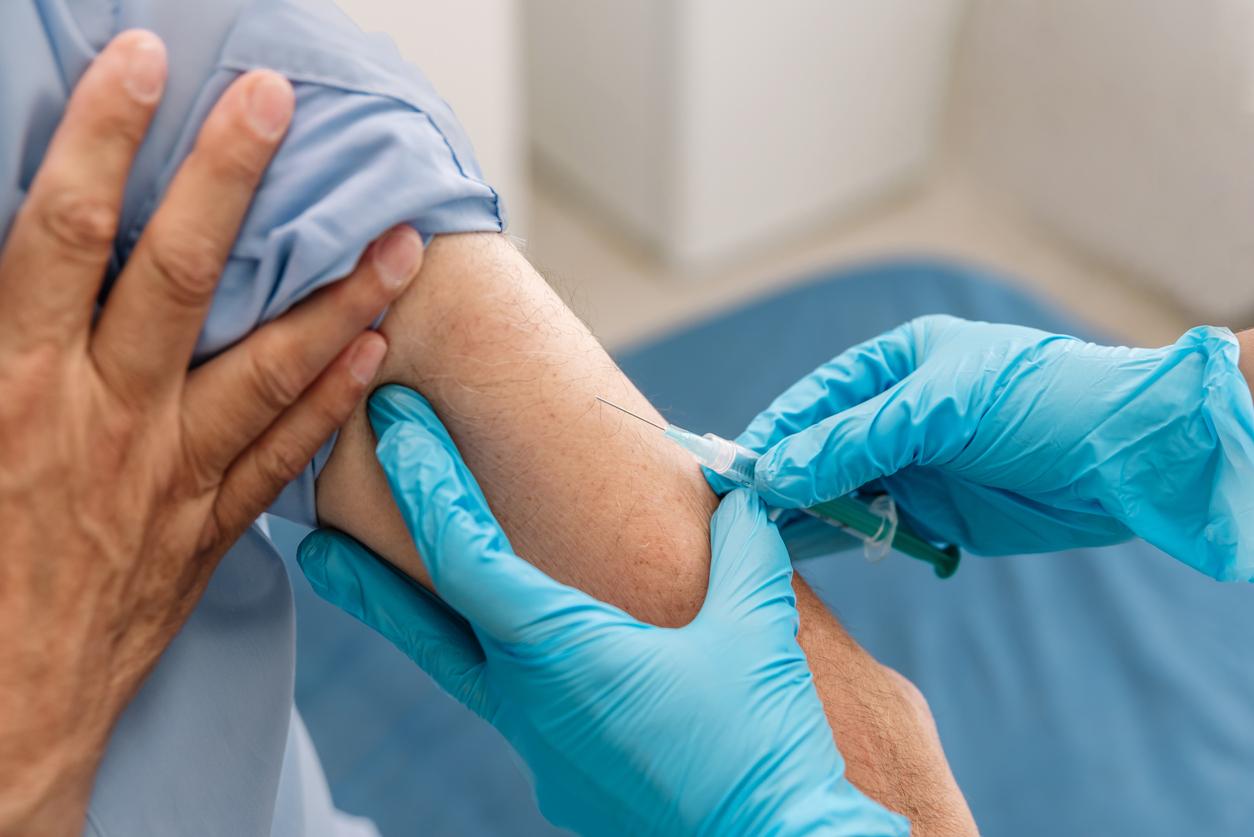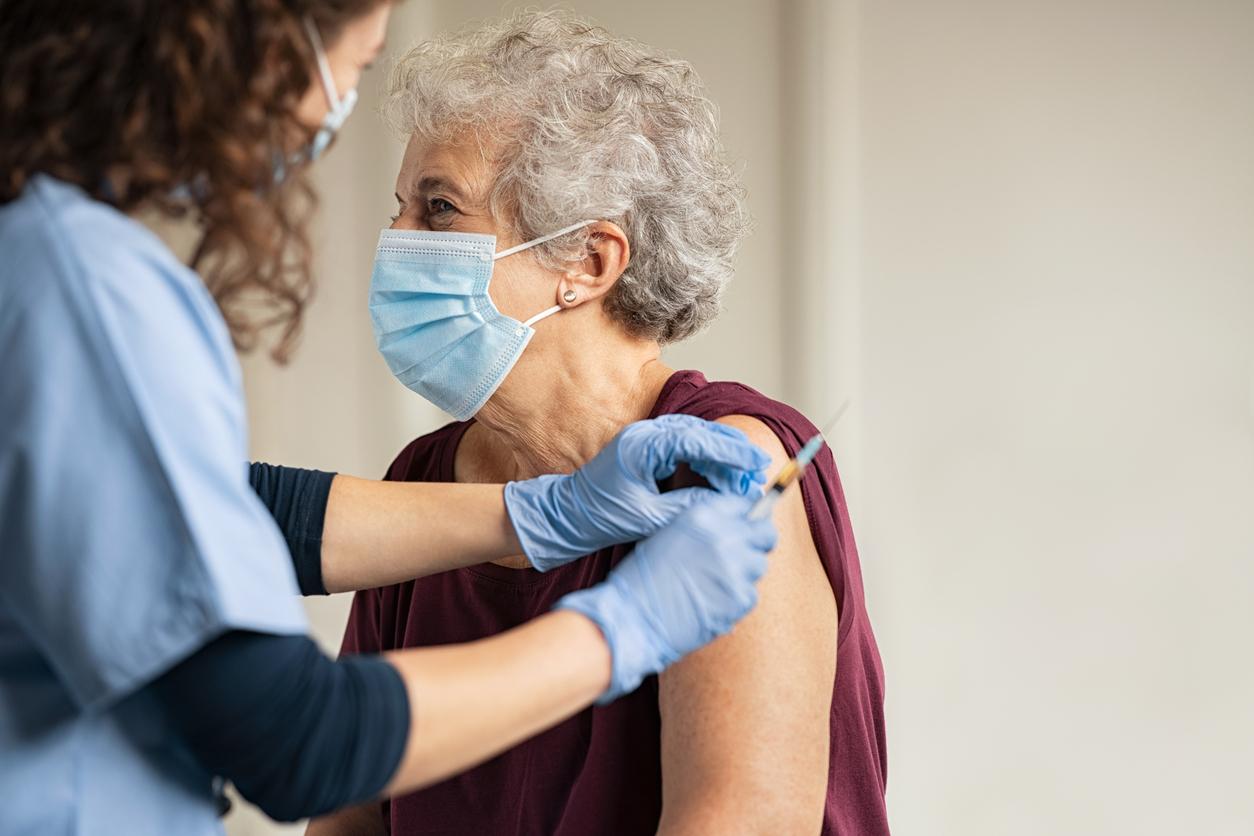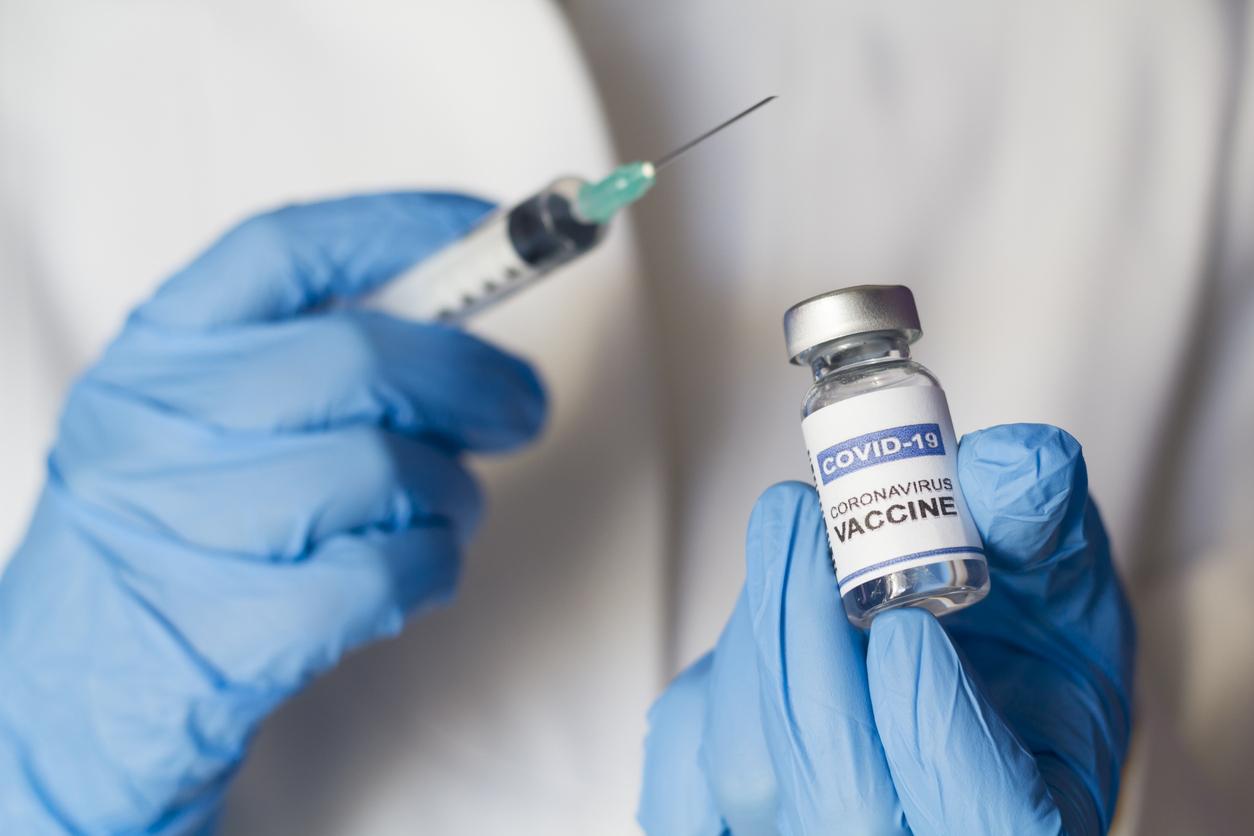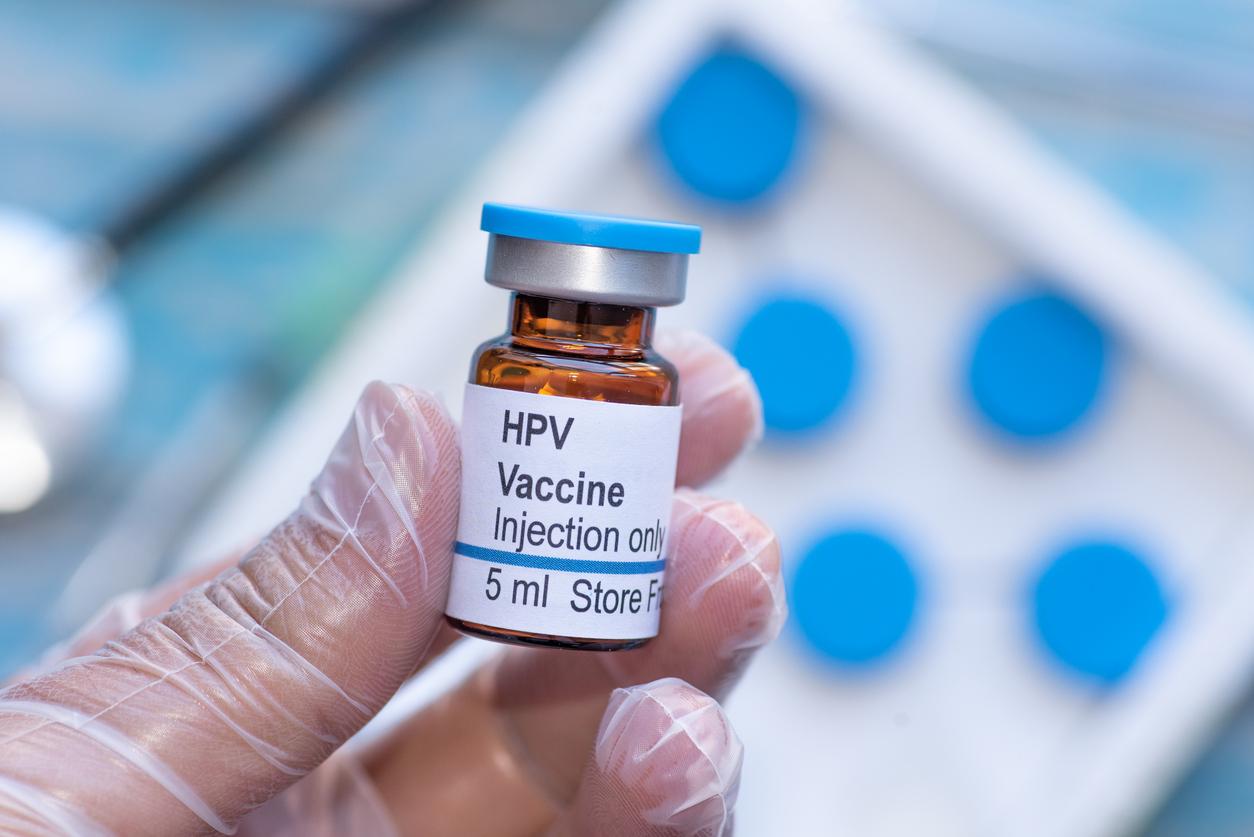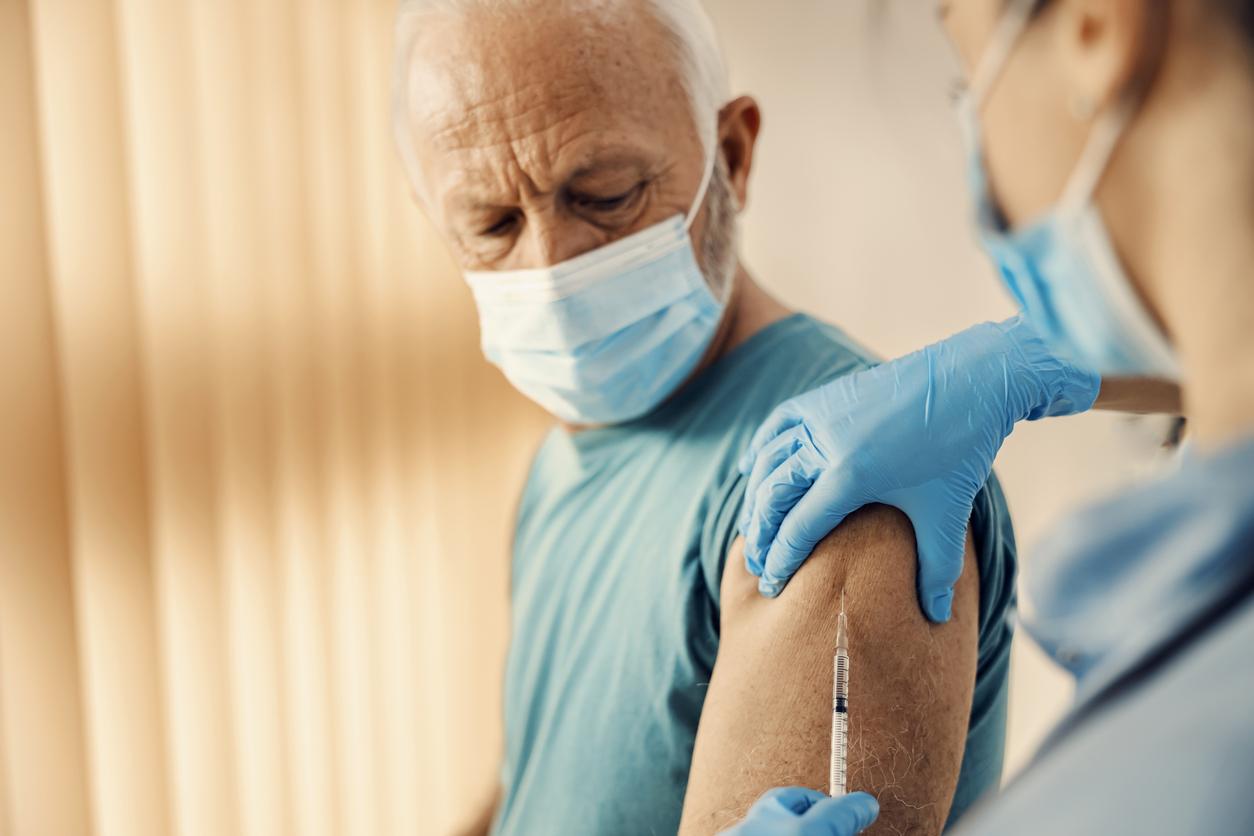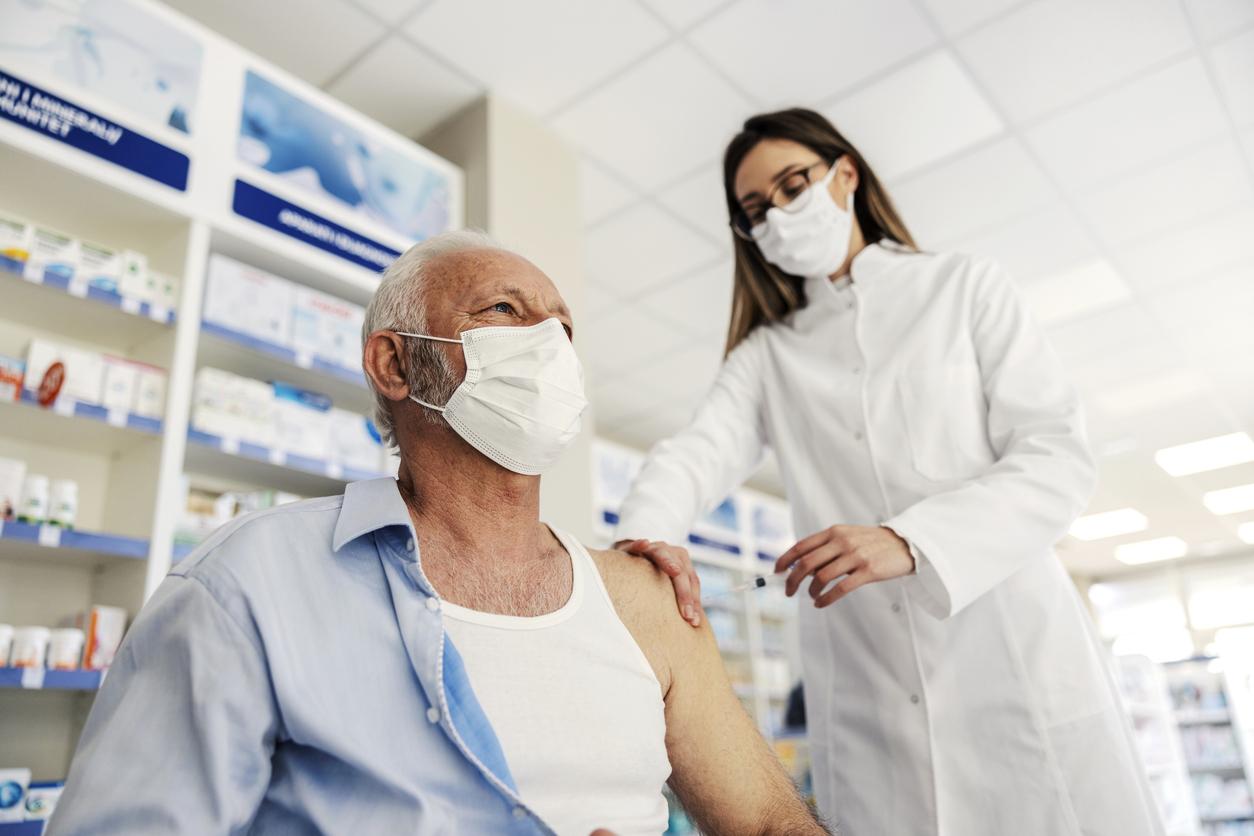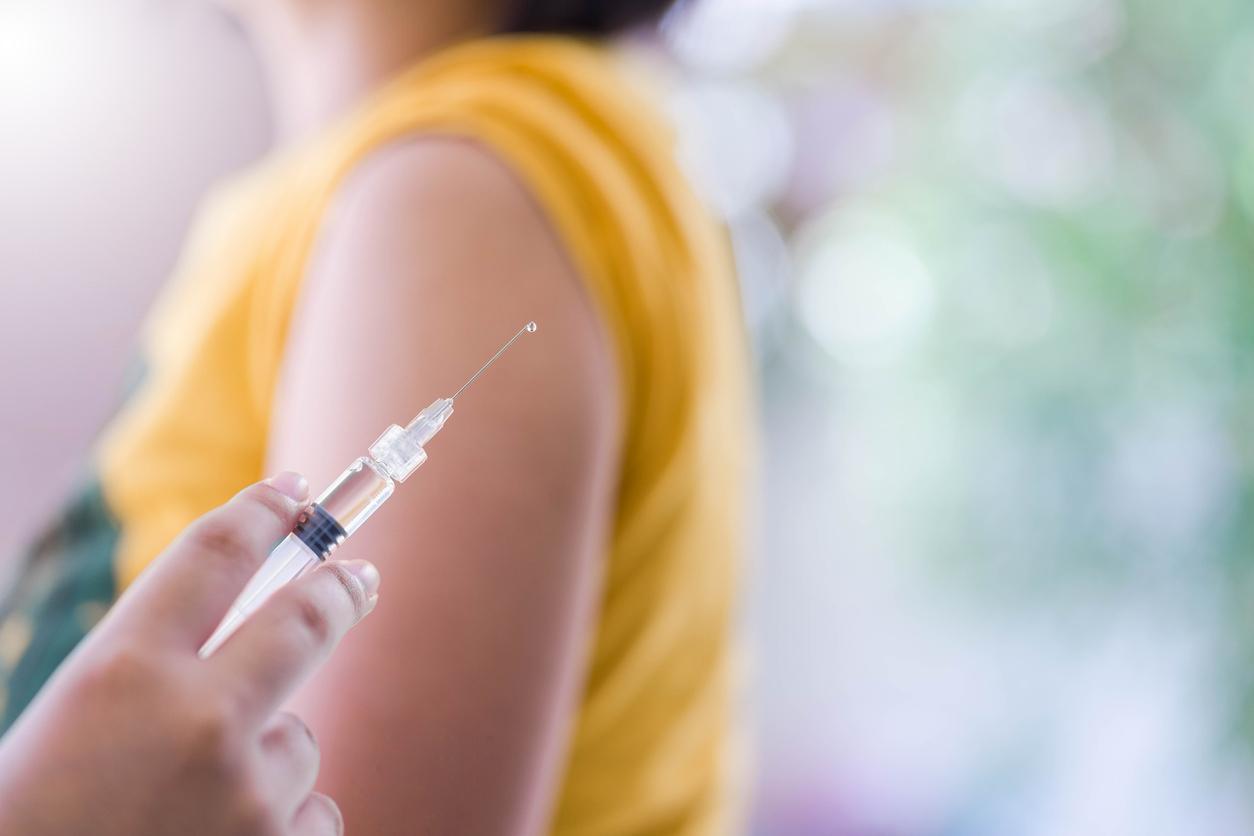
The deployment of the Johnson & Johnson vaccine has been postponed in Europe, pending the opinion of the European Medicines Agency, the EMA. Several cases of thrombosis have occurred in the United States after an injection with this serum. The use of the vaccine had also been temporarily suspended in the USA, the time of the investigation. The EMA has confirmed that the vaccine is safe and that the benefits outweigh the risks. However, she advocates adding blood clots in rare and serious side effects. When does the Johnson & Johnson vaccine arrive in France? Who can be vaccinated with this serum?
Johnson & Johnson: when do the injections start?
Government spokesman Gabriel Attal held a press conference on April 21. Among his various announcements, he indicated that the first injections with the Johnson & Johnson vaccine could begin ” from saturday April 24. This vaccine will accelerate the vaccination campaign in France in order to meet the objectives imposed by the vaccination schedule developed by the government. On April 22, the Ministry of Health informed us that nearly 20% of the population had received at least one injection, or more than 13 million French people. In addition, more than 5 million people received the second dose.
Who can get vaccinated with Johnson & Johnson?
Given the rare and serious side effects, as was the case with the Vaxzevria vaccine, developed by AstraZeneca, the Janssen Johnson & Johnson vaccine could be recommended for people over 55 years of age. According to the opinion dated March 12 from the High Authority of Health, the Johnson & Johnson vaccine is 76% effective on severe forms of Covid-19 and 66% on average.
Creation of a special scientific committee
The Medicines Agency has set up a scientific committee dedicated only to rare thromboses, which appear after an injection with Vaxzevria (AstraZeneca) or the Covid-19 Johnson & Johnson vaccine. Different experts make up this commission, such as infectious disease specialists, immunologists, epidemiologists or virologists. The goal is to try to better understand the occurrence of these thromboses and what mechanism is involved, but also to identify possible risk factors.








